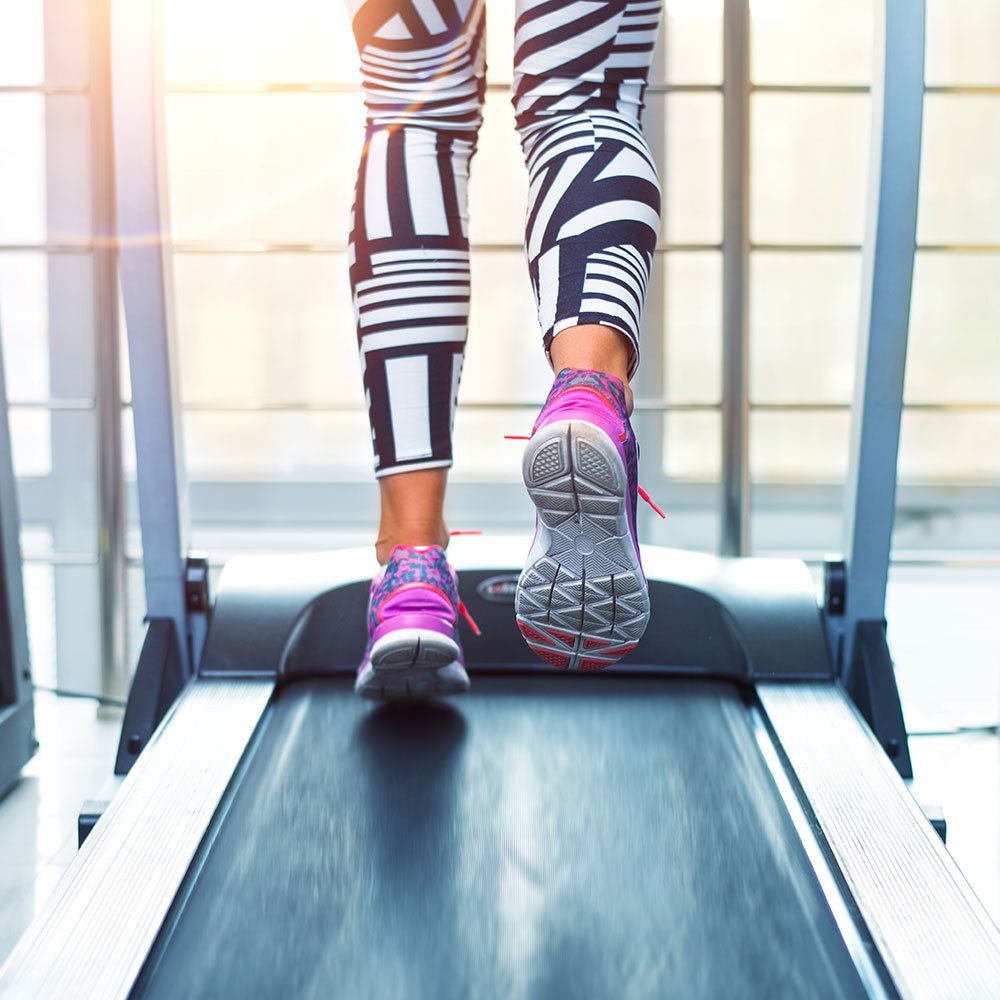
We searched through the examinations and surveyed top specialists to present to you every one of the manners in which running outdoors bests running on the track. (Psst: If you’re pristine to running, look at our amateur manual for beginners.)
You’ll assemble more muscle.
Except if you’re running on a self-controlled treadmill like the WOODWAY Curve, outside running will in general be a somewhat better butt-strengthener. That is because each time your foot lands before you on a common treadmill, the belt brings your leg back under you-an activity your glutes ought to in a perfect world be responsible for, clarifies Pamela Geisel, M.S., C.S.C.S., a guaranteed strength and molding expert with the Hospital for Special Surgery’s James M. Benson Sports Rehabilitation Center and Tisch Sports Performance. Furthermore, by running on slopes outside (which indeed, you can likewise reenact on the treadmill) you’ll up the responsibility on your glutes, however all through your legs just as in your center.
You’ll consume more calories.
Running outside will in general require more energy than running on a track. “Outside, you are changing surfaces continually, battling the breeze, and making speedy and abrupt beginnings and stops, which all lead to expanded caloric consume,” says actual specialist Michael Silverman, head of restoration and wellbeing at Northern Westchester Hospital. Truth be told, to consume however many calories on the treadmill as you would outside, you want to run at a 1 percent slant, as indicated by research distributed in the Journal of Sports Sciences. And keeping in mind that we don’t suggest running in outrageous temps (heatstroke and frostbite can end up evening the most experienced sprinters!) it is quite significant that your body consumes additional calories to manage your internal heat level, he says.
You’ll cut your physical issue hazard long haul.
While the gentler surface given by a treadmill brings about less effect on your bones and connective tissues, this isn’t completely something to be thankful for, specialists say. Hypothetically, it could bring about a lower injury hazard (particularly assuming you have not exactly a wonderful running structure), yet less effect likewise implies that running will not animate very as much bone development, which, after some time, could likewise bring about injury, Geisel says. (Fun truth: It takes around 1/10 the power needed to break an issue that remains to be worked out bone arrangement and development.) also, assuming you have not exactly amazing running structure and wind up floating excessively near the control center or clutching the rails, you can likewise set yourself up for injury, he says.
You’ll be more ready for your race.
With regards to really preparing for a race, this is one more way that running outside bests the treadmill. “You need to rehearse and set up your body for what it will look like on race day,” Geisel says. Furthermore, except if you’re partaking in an indoor marathon, that implies you want to head outside. In a perfect world, you should run part, if not all, of your race’s course during preparing, Silverman says.
You’ll have more energy.
There’s no challenge here. Research from the University of Exeter in the U.K. shows that when individuals run outside, they partake in an altogether more noteworthy jolt of energy and drop in pressure, outrage, and gloom contrasted with when they run inside. “At the point when you run outside, there are common changes in view, course adjustments, and a feeling of investigation. You lose that when you take it inside and complete your exercise by running set up,” Geisel says.
You’ll further develop your heart’s wellbeing.
However long you’re running at a similar degree of effort (think: that 1% slope), your heart stands to get similarly as much out of your running exercise, regardless of whether you’re inside or out. However, the additional mindset lift that you get from running outside (in addition to the nutrient D!) can further develop your heart wellbeing over the long haul, says Regina Druz, M.D., F.A.C.C., a cardiologist with the Integrative Cardiology Center of Long Island.


Recent Comments